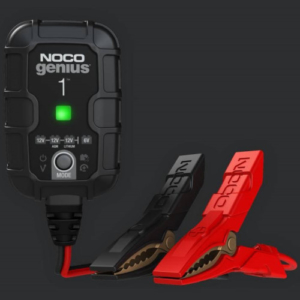All advice provided on this page is provided as-is, and without warranty. When in doubt, always follow the requirements and/or recommendations of your aircraft and component manufacturers.
The battery is a surprisingly neglected component of PPCs, and some of this has to do with the nature of traditional aircraft. Historically, an engine running a magneto will run regardless of the battery condition, so some folks dismiss it as being only important enough to starting the engine and ‘getting me in the air’. Once you’re running, who cares, right?
There are three things to consider here. The first is that newer engines may rely on electronics that require reliable 12v power (including fuel injection and the ECU, where the battery is mandatory). The second is that avionics and engine management systems, which modern pilots rely on heavily, still need reliable power. And the third is that although the battery may get you off the ground, what happens when it won’t crank over in the event of a mid-flight engine out (intentionally or unintentionally). It happens, even to the best of us.
The battery is fairly easy to maintain if you follow a few simple rules:
- Use a sealed, absorbed glass mat (AGM) battery, at a minimum. In an aircraft, a traditional vented lead-acid battery presents a plethora of problems we won’t get into here… just avoid them altogether. If you want to spend a little extra for a lighter weight Lithium-based battery, just make sure the battery selected is suitable for engine starting and its capacity is equal to or better that the AGM battery.
- Keep the battery on a ‘smart maintainer’. This is not the same as a trickle charger, which is essentially a ‘dumb’ charger that puts out a voltage slightly above normal. These can cause unexpected side effects to battery life, and most AGM batteries (if you read the fine print) are only warrantied when smart maintainers are used. Smart maintainers have intelligent electronics which monitor the condition of the battery and keep it at its optimum. Our current recommendations include the Deltran Battery Tender Jr. and the NOCO Genius 1. You don’t have a 120v power supply near your PPC’s storage location? Consider Deltran’s solar options (they’re expensive and we recommend the 850mA model, but they still provide a ‘smart’ charging system). if neither are a viable option, then we strongly suggest you consider making the battery easily removable so you can take it home to maintain it if/when the PPC is sitting for long periods.
- Replace the battery every 5 years. Sure, batteries can last well beyond 5 years, but why take the risk? This is cheap insurance and an easy task to perform at the annual condition inspection.








